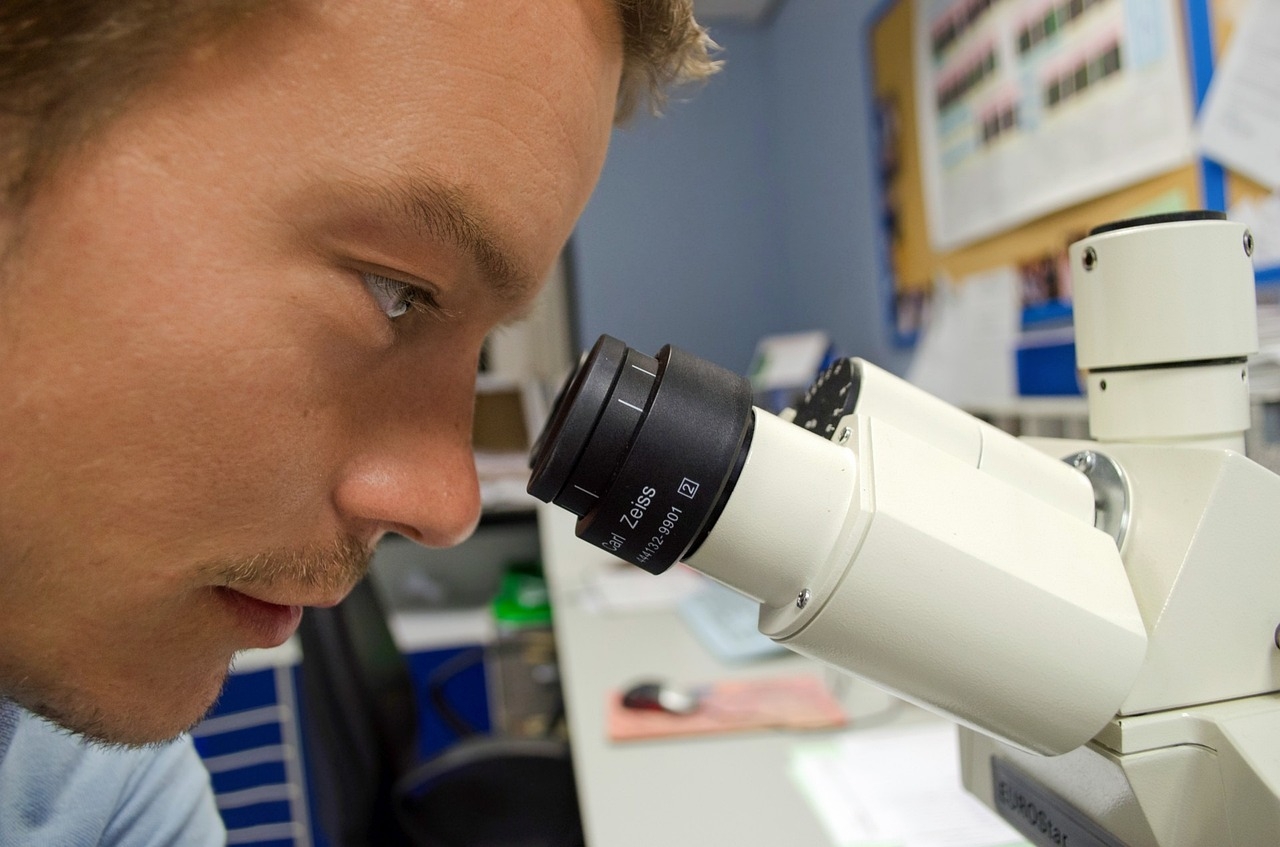We reach more than 65,000 registered users in Dec!! Register Now

With new database, researchers may be able to predict rare milky seas bioluminescent event
- June 15, 2025
- 7 Views
- 0 Likes
- 0 Comment
For generations, sailors around the globe have reported a mysterious phenomenon: Vast areas of the ocean glow steadily at night, sometimes for months on end. The light is bright enough to read by and is oddly similar to the green and white aura cast by glow-in-the dark stars that have decorated children’s rooms. Stretching over ocean space as broad as 40,000 square miles, the light can, at times, even be seen from space.
This rare bioluminescent display was coined by sailors as “milky seas.” Despite being encountered for centuries, scientists still know very little about what causes this glowing effect because they are quite rare – and they usually occur in the remote regions of the Indian Ocean, far from human eyes. A likely theory is that the glow comes from activity by a luminous microscopic bacteria called Vibrio harveyi.
To better predict when and where milky seas will occur, researchers at Colorado State University and the Cooperative Institute for Research in the Atmosphere have compiled a database of sightings over the last 400 years. Described in the journal Earth and Space Science, the archive includes eyewitness reports from sailors, individual accounts submitted to the Marine Observer Journal over an 80-year period, and contemporary satellite data. This is the first such collection of data on milky seas in 30 years. Together, it shows that sightings usually happen around the Arabian Sea and Southeast Asian waters and are statistically related to the Indian Ocean Dipole and the El Niño Southern Oscillation.
Both of those climate phenomena are known to impact global weather patterns, prompting researchers to wonder how the dazzling phenomenon may be connected to those processes.
Justin Hudson, a Ph.D. student in the Department of Atmospheric Science and the paper’s first author, said the database will help researchers better anticipate when and where a milky sea will occur. The goal, he said, is to get a research vessel out to the site in time to collect information about the biology and chemistry within a milky sea. Information about those variables could be helpful to connecting the event to broader Earth systems activity.
Hudson added that the regions where milky seas occur feature a lot of biological diversity and are important economically to fishing operations.
“It is really hard to study something if you have no data about it,” Hudson said. “To this point, there is only one known photograph at sea level that came from a chance encounter by a yacht in 2019. So, there is a lot left to learn about how and why this happens and what the impacts are to those areas that experience this.”
One hint comes from a research vessel that had a chance encounter with a milky sea in 1985, which was able to collect a water sample. Researchers found that a specific strain of luminous bacteria was living on the surface of algae within a bloom – possibly causing an even glow in all directions. However, that is just one data point and could be misleading. To bridge the gap in understanding, researchers have tried to leverage information gathered from sporadic satellite imagery.
Hudson said that, because of the regions most associated with the phenomenon, it seems likely the light is due to a biological process related to the bacteria.
“The regions where this happens the most are around the northwest Indian Ocean near Somalia and Socotra, Yemen, with nearly 60% of all known events occurring there. At the same time, we know the Indian monsoon’s phases drive biological activity in the region through changes in wind patterns and currents,” he said. “It seems possible that milky seas represent an understudied aspect of the large-scale movement of carbon and nutrients through the Earth system. That seems particularly likely as we learn more and more about bacteria playing a key role in the global carbon cycle both on land and in the ocean.”
Professor Steven Miller is the other author on the paper and has been conducting research on milky seas for years at CSU. He has led efforts to image the phenomenon from satellites and said the database should present new opportunity to get first-hand knowledge. 
The paper represents a portion of Hudson’s research at CSU in the Walter Scott, Jr. College of Engineering as he works to finish and defend his thesis on the subject this summer. He said he hopes the database will further illuminate our understanding of the phenomenon.
“We have no idea what milky seas mean for the ecosystems they are found in. They could be an indication of a healthy ecosystem or distressed one – the bacteria we suspect are behind it are a known pest that can negatively impact fish and crustaceans,” he said. “Having this data ready allows us to begin answering questions about milky seas beyond hoping and praying a ship runs into one accidentally.”
List of Referenes
- J. Hudson, S. D. Miller. From Sailors to Satellites: A Curated Database of Bioluminescent Milky Seas Spanning 1600‐Present. Earth and Space Science, 2025; 12 (4) DOI: 10.1029/2024EA004082
Cite This Article as
No tags found for this post









